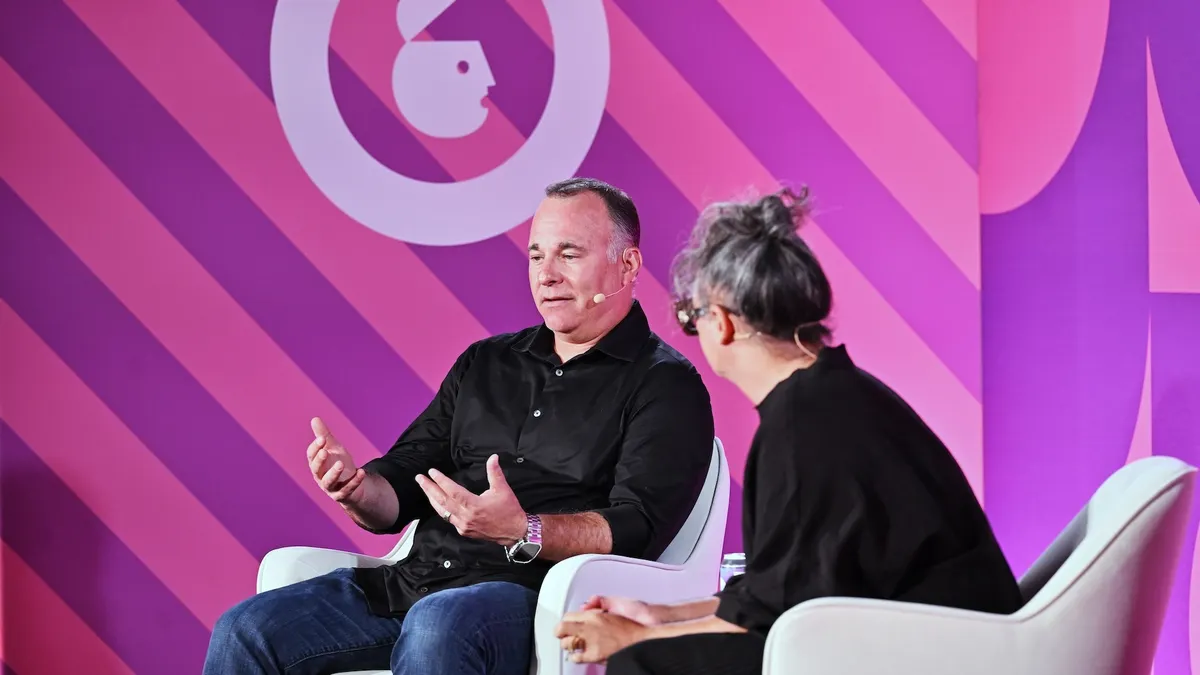In an era of cord-cutting and increased viewer fragmentation, sports sponsorships remain top of mind for marketers looking to reach consumers. Approximately 40% of CMOs plan to increase their sports spending in 2025 and 28% plan to enter the space for the first time, according to data from Forrester. However, despite strong interest from marketers, 76% say they struggle to calculate return on investment (ROI).
“Sports have always been an outsized part of our culture and sports are intended to be viewed live in the moment… and because of the fact that it is designed and engenders live viewing also means that brands have captive audiences,” said Mike Proulx, vice president, research director at Forrester.
Forrester’s report, “Maximize The Value Of Your Sports Sponsorships,” evaluates best practices when it comes to sports sponsorships. The report uses both quantitative and qualitative data, including interviews with CMOs, survey questions from Forrester’s monthly consumer pulse survey and quarterly CMO pulse survey, along with data from the organization’s Market Research Online Community.
On streaming
While football remains the most popular sport to watch in America, the barrier to entry can be large. The cost of a 30-second advertisement for Super Bowl LIX was approximately $8 million. However, emerging sports are providing marketers with an opportunity to break into the space early, especially as streaming platforms increasingly turn to live broadcasts, according to the report.
Younger audiences are more likely to watch sports on streaming services compared to older generations. For example, 46% of Gen Z consumers prefer to watch sports via streaming, compared to 15% of baby boomers and 22% of Gen X. On the other hand, 58% of boomers prefer to watch sports via cable or broadcast, compared to 24% of Gen Z.
“One of the reasons streaming services are lusting over sports sponsorship rights is because they're able to offer live programming that are very advertiser friendly and expose audiences, especially in the U.S., to leagues that maybe haven't penetrated the U.S. market as much in the past,” said Proulx.
Streaming is especially conducive to emerging sports leagues, such as pickleball, the fastest-growing sport in America, according to the report. Thirty-four percent of Gen Z consumers enjoy watching pickleball, compared to just 7% of boomers. Cricket is enjoyed by 31% of Gen Zers, compared to just 4% of boomers. Younger consumers are also more likely to watch women’s sports. Nearly half of Gen Zers and 40% of millennials enjoy watching women’s sports, compared to 21% of boomers.
A winning strategy
Gen Z is more likely to reward brands who sponsor their favorite athletes and teams. When it comes to athlete sponsorships, 42% of Gen Z consumers said they were more likely to trust a brand if they see their favorite athlete use that brand, compared to just 14% of boomers. Additionally, 41% of Gen Zers have purchased from a brand that sponsors their favorite athlete, compared to 16% of boomers.
Team sponsorships have also been shown to sway younger consumers. Nearly half of Gen Z consumers said if multiple brands offered a similar product, they would more likely purchase from the one affiliated with their preferred team, compared to 24% of boomers.
The benefits of naming rights aren’t as clear. Hearing a sponsored stadium name only makes 35% of consumers think of the brand. Seeing the brand logo doesn’t improve results, with 38% agreeing they take notice of a brand’s logo on the field.
Ultimately, when it comes to a successful sports sponsorship, finding success goes beyond simple branding. For optimal results, brands need to work with athletes and teams to create impactful partnerships.
“The best practice has to be a relationship that's based on co-creation. It is easy to fill vessels with advertising,” said Proulx. “But that's not going to necessarily reach and engage the intended target audience, and a relationship that is built on co-creation allows the brand and the property to expand the aperture of the creative canvas and to innovate new ways of reaching audiences.”













